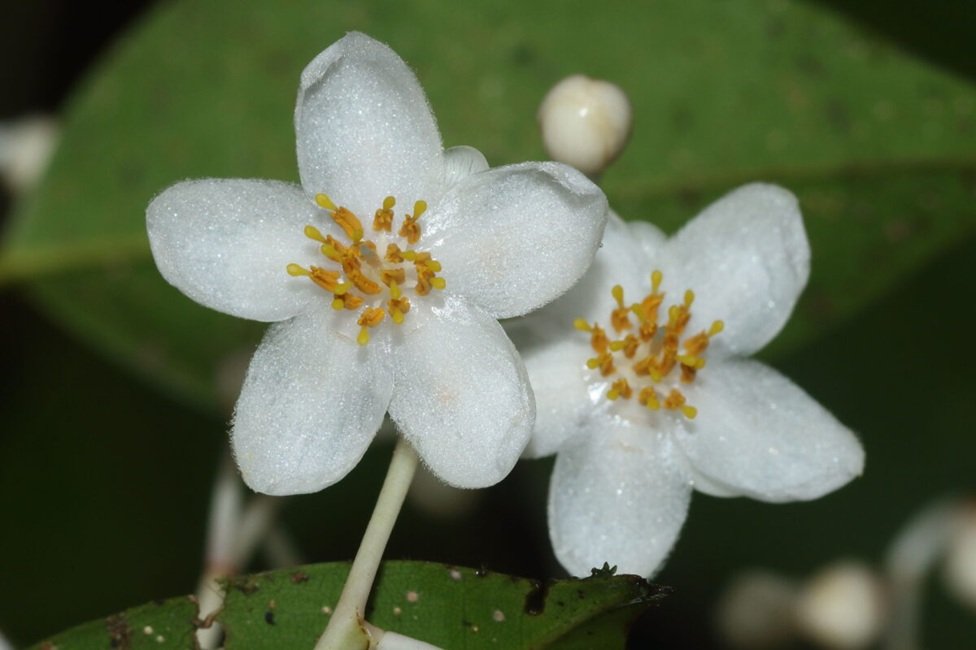
When the government of Sri Lanka published the National Red List of threatened plants in 2020, my eyebrows shot up. We’ve all become accustomed, after all, to the grim news these reports periodically bring us. But here it was, in black and white: 128 species, not having been recorded in surveys conducted during the past century, were assessed as “possibly extinct,” while a further two each were assessed as “extinct” and “extinct in the wild.” This was good news indeed.
Just eight years earlier, the 2012 National Red List had assessed fully 177 species as possibly extinct, together with five extinct and two others extinct in the wild. Had 49 extinct species — species no one had recorded in more than a century — really been rediscovered since 2012? Clearly, someone had blundered. Not stopping to put the book down, I called up Siril Wijesundara at the National Institute of Fundamental Studies (NIFS) in Kandy and the chairman of the committee of experts who conducted the assessment.
“Siril,” I said, “there’s a mistake in the number of extinct flowering plants in the new Red List.”
He laughed. “I thought that would get your attention,” he said. “But there’s no mistake. Himesh has rediscovered three of the officially extinct ones as well.”
“What’s Himesh?” I asked, thinking it to be the acronym of the institution that had magically rediscovered these species, which, after all, all previous surveys had missed.
“Himesh is an amazing guy,” Wijesundara said. “He spends his life searching for plants.”
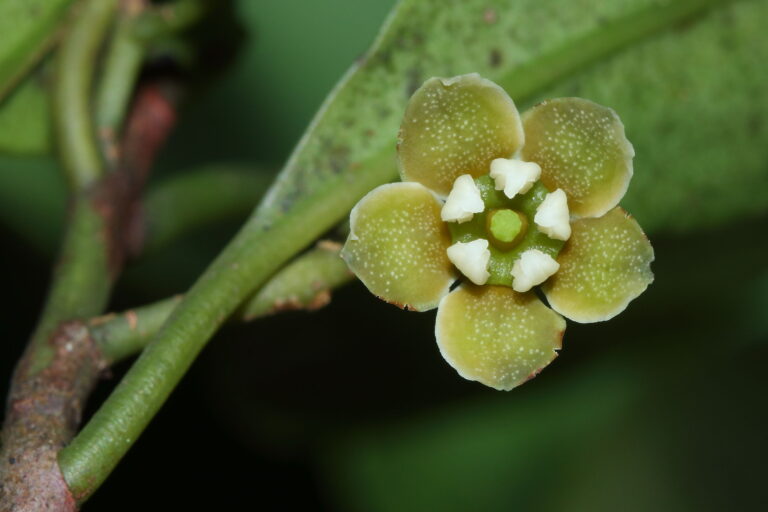
An array of rediscoveries
Unconvinced, I contacted Nimal Gunatilleke, professor emeritus at the University of Peradeniya and the doyen of Sri Lankan botanists, who, too, had been a member of the committee of experts. “Siril is right,” he said, reassuringly. “Himesh Jayasinghe is something of a botanical savant, a once-in-a-century phenomenon. You really must meet him.”
And so it was, that some days later, Himesh rocked up to tea. I’ve met a good many explorers in my time, but this one was distinctly different. In his mid-30s, wearing thick glasses, soft-spoken and painfully self-effacing, he didn’t fit the mold. But as I plied him with tea and began my relentless interrogation, he hesitatingly unleashed his story.
It turned out that though he was a civil engineer by training, his first love had always been natural history. And as his 30th birthday approached, he had decided that time was short, and if he ever was to take that leap into the wild yonder, now was as good a time as any. He quit his job, wrote a book on butterflies and then another book, as luck would have it, also on butterflies. But working on those books made it necessary to identify the larval food plants of these insects, and this drew him to botany. Soon he was discovering plants that couldn’t be identified through the standard work on Sri Lanka’s flora, the encyclopaedic 15-volume Revised Handbook to the Flora of Ceylon, published between 1980 and 2006.
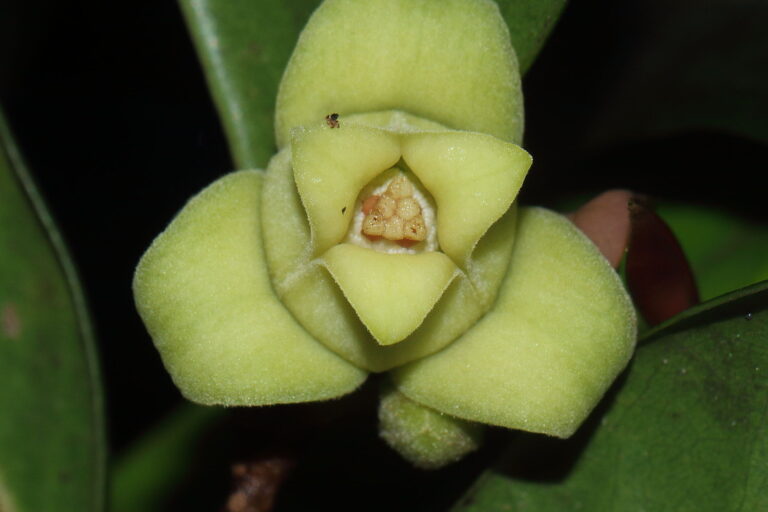
Plant identification skills
This brought him into contact with Wijesundara, who was quick to appreciate his incredible capacity for plant identification, aided by his significant visual memory. Soon, his services were being sought by companies conducting environmental impact assessments, and he used this income to fund his fieldwork. Unlike botanical collectors before him, who engaged in random sampling, Himesh learned to seek out specialized habitats, many of them difficult to access, such as mountaintops, rock outcrops, treetops, waterfalls, savannas and wetlands. The result was a flood of novelties.
For his part, Wijesundara prevailed upon the University of Colombo to register Jayasinghe in a doctoral program notwithstanding the fact that his bachelor’s degree had been in engineering. He received his Ph.D. in 2022, shortly after which the NIFS awarded him a tenure research fellowship. Meanwhile, the Dilmah tea company stepped in with a continuing grant to support his fieldwork.
Those investments paid off handsomely. To date, Jayasinghe has rediscovered more than 100 of the 177 possibly extinct species as well as three of the five extinct species and both species previously considered extinct in the wild. And the good news doesn’t stop there. He has up to now found some 210 species that have never been reported from Sri Lanka. About 50 of these were already known from India, while a further 20, though named in the historical literature, can now be added to the national floral inventory because they are supported by hard evidence: newly collected specimens as well as photographs.
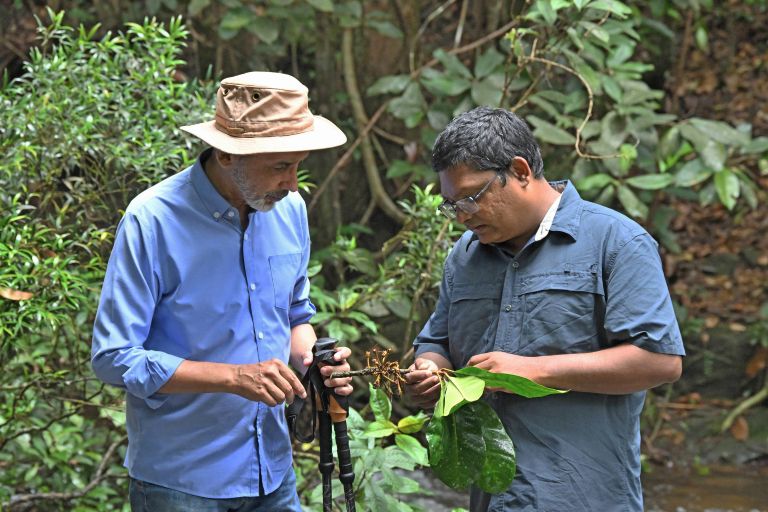
Amplifying floral inventory
And then there are the 150 species that appear to be entirely new to science. All these records are supported by specimens Jayasinghe has deposited in the National Herbarium, as well as thousands of photographs. Returning to an interesting plant again and again until he finds it in flush, in fruit and in flower, he has accumulated a photo library representing some 2,600 of the 2,850 species of flowering plants then known from Sri Lanka, and that’s omitting the grasses and bamboos, which he hasn’t begun working on yet. The 210 new records will now get added to those tallies.
Sri Lanka has long been famous for its spectacular biodiversity, and especially the diversity of its flora. Three “floras” of the island came to be published between 1717 and 1747, almost three centuries ago, the last of them by Carolus Linnaeus, the “Father of Taxonomy.” But then, the island’s ecosystems came to be decimated during the colonial period, with its rainforests being cut down to make way for coffee, tea, rubber and cinchona plantations. Now, less than 5% of that original habitat remains, all of it as tiny islands of rainforest embedded in a vast ocean of tea, rubber and humanity.
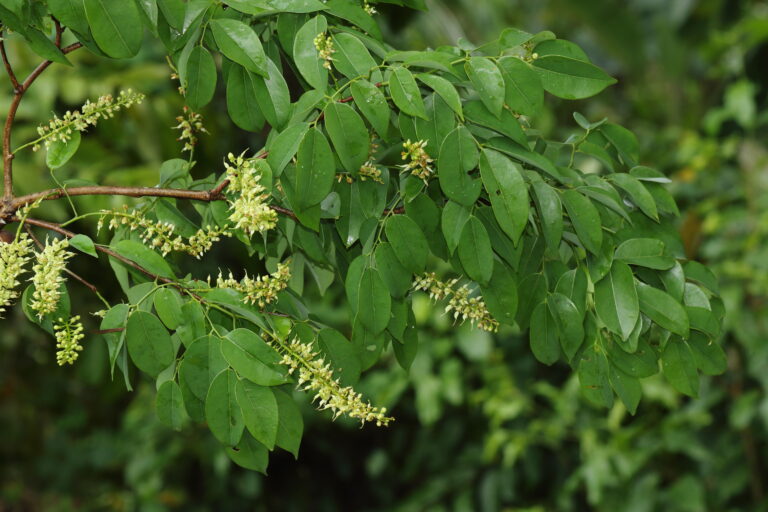
Ongoing explorations
Jayasinghe’s work shows that it really is worth conserving what remains, and that ongoing exploration will almost certainly yield more novelties.
“I may not be able to work in the field much longer,” he shrugs. “But while I can, I’m going to keep exploring. There are many places I still haven’t been to. After that, maybe I’ll sit in the herbarium and write up the formal taxonomy. But there’s more than a lifetime’s work to be done. That is why I’m happy for other scientists and plant taxonomists to come here and work on these collections. And it’s why I have deposited my entire collection — more than 3,700 preserved specimens, many of them especially prepared for future DNA analysis — in the Sri Lanka National Herbarium. As for my data set and photographs, I’ll be putting them all in the public domain through my book.”
That book, Discovery: Additions to the Flora of Ceylon, has been scheduled for publication July 22. More than 680 pages long, it describes and illustrates some 210 species. Because the formal taxonomy will take decades, Jayasinghe has chosen to name the potentially new species only with a generic name followed by a number, such as Memecylon sp. 1, sp. 2, etc.
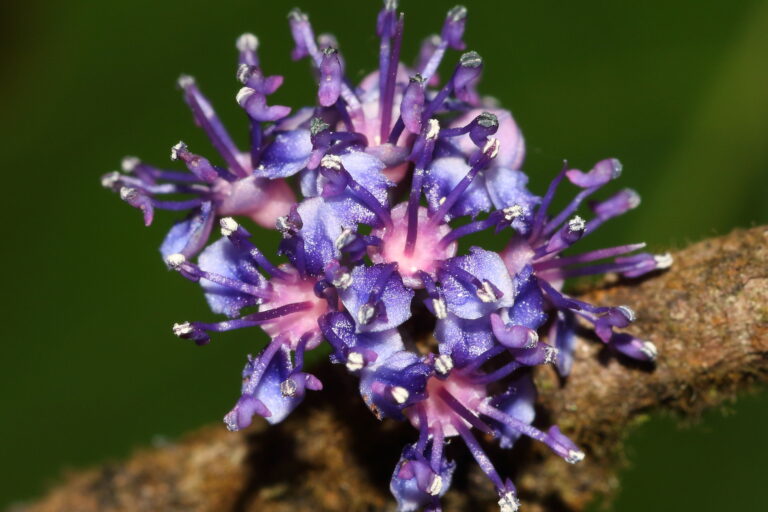
A new publication
“Most of these newly discovered species are narrow-range endemics,” he says. “They have really small distributions, sometimes less than a square kilometre [0.4 square miles]. Others have wider distributions, but they are often restricted to particular microhabitats, or they are epiphytes growing high up in the forest canopy. Right now, my priority is to locate as many of them as I can, so that the government and NGOs can initiate conservation actions. The formal taxonomy can come later.”
He remembers one such species, the tree Crudia zeylanica, long thought to be extinct, but which was rediscovered in 2019 in the course of an environmental impact assessment for a proposed four-lane highway. A national controversy erupted when the developer said it was impossible to divert the highway. That led to intensive exploration of the local area, leading to the discovery of additional trees. Meanwhile, the Department of National Botanic Gardens succeeded in culturing the species. And so, it ended up in a win-win, both for the highway and for conservation.
Thus, it is that in an age in which lovers of nature have grown despondent about the future, a lone individual has shone a new light of optimism on the field of biodiversity conservation and discovery in Sri Lanka.
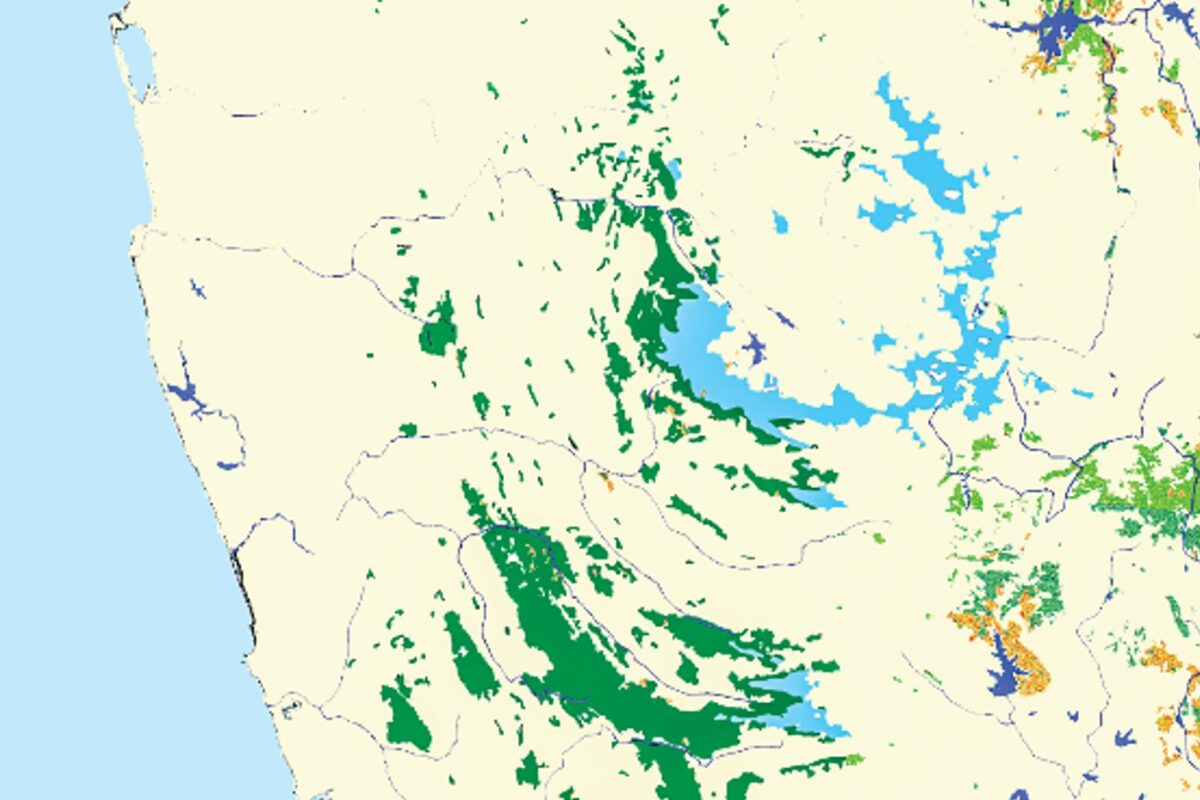
A plant messiah
Having written these words, I called up Himesh to ask whether he could fact-check this story for me. “This number is not reachable,” came the automated message. Finally, I reached him, the connection crackling uncertainly. Well, I needn’t have bothered.
“In the field,” he said, puffing, when at length he picked up. “I collected a new Semecarpus and found Osbeckia moonii, [which, not having been reported since 1859, is considered “possibly extinct”] … And then, the line went dead.
Banner image: The flower of Doona ovalifolia, a dipterocarp tree locally known as pini beraliya. Known for decades only from a single tree growing in the Royal Botanic Gardens at Peradeniya, the species had formally been declared extinct in the wild. In 2020, Himesh and colleagues discovered a population in a small forest fragment at Kelinkanda in Sri Lanka’s Western province. Image courtesy of Himesh Jayasinghe.
About the Author:
Rohan Pethiyagoda is a Sri Lankan biodiversity scientist. He has worked extensively on the exploration and taxonomic description of species of reptiles, amphibians and freshwater and marine fishes, being responsible for the discovery of almost 100 new species of vertebrates from Sri Lanka and India, in addition to 43 species of freshwater crabs. He has for 15 years been a research associate of the Australian Museum in Sydney and authored approximately 100 books and papers. He has served as adviser on the environment and natural resources to the government of Sri Lanka, as deputy chair of the IUCN Species Survival Commission, as a trustee of the International Trust for Zoological Nomenclature, as a member of the World Commission on National Parks and as a member of the Global Amphibian Specialist Group. He is a recipient of the Linnean Medal for Zoology and a Rolex Award for Enterprise.








